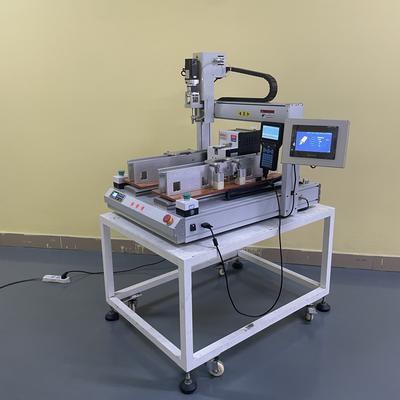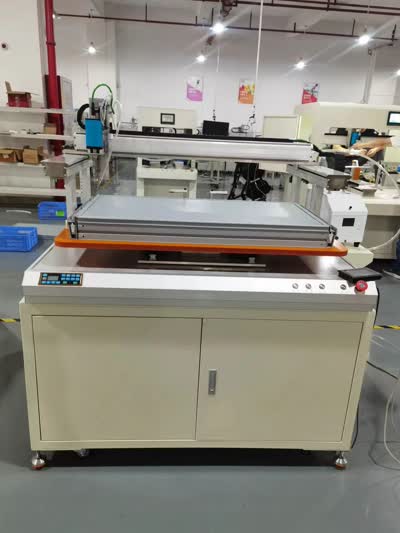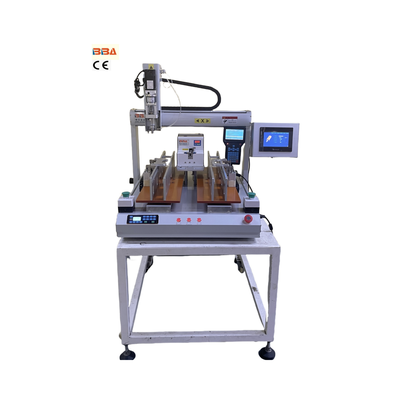Desktop Screw Tightening Robot Maintenance & Lifespan Tips | Industrial Automation
| Product Name | Applicable industries |
| Automatic Screw Feeder | Electric Bicycle Assembly |
In the fast-paced world of industrial automation, desktop screw tightening robots have become indispensable for manufacturers seeking precision and efficiency. However, like any machinery, their longevity depends on proper maintenance and usage practices. Extending the lifespan of these robots not only maximizes your investment but also ensures consistent performance over time. Here’s how you can achieve just that.
1. Regular Maintenance and Inspection
Routine maintenance is the cornerstone of prolonging the life of your desktop screw tightening robot. Schedule regular inspections to check for wear and tear on critical components such as the spindle, torque sensor, and grippers. Lubricate moving parts as recommended by the manufacturer and replace any worn-out components immediately. Preventive maintenance can help avoid unexpected downtime and costly repairs.
2. Optimal Operating Conditions
Ensure your robot operates in an environment that meets the manufacturer’s specifications. Temperature, humidity, and dust levels can significantly impact performance. Excessive heat or moisture may cause electronic components to degrade faster, while dust can clog moving parts. If necessary, invest in protective enclosures or climate control systems to maintain ideal conditions.
3. Proper Calibration
A well-calibrated screw tightening robot ensures accurate torque application, reducing strain on the system. Over-tightening or under-tightening screws can lead to mechanical stress or product defects. Follow the calibration guidelines provided by the manufacturer and recalibrate the robot periodically to maintain precision.
4. Training for Operators
Human error is a common cause of equipment wear. Ensure that operators are properly trained to use the robot correctly. They should understand how to handle the machine gently, avoid overloading it, and recognize early signs of malfunction. Proper training can prevent misuse and extend the robot’s operational life.
5. Quality Fasteners and Tooling
Using low-quality screws or worn-out tooling can strain the robot’s motor and spindle. Always opt for high-quality fasteners that match the robot’s specifications. Additionally, inspect and replace tooling bits regularly to ensure smooth operation and reduce unnecessary friction.
6. Software Updates
Keeping the robot’s firmware and control software up to date is crucial for optimal performance. Manufacturers often release updates that improve efficiency, fix bugs, and enhance compatibility with newer systems. Regular updates can help your robot operate at peak performance for longer.
7. Monitoring and Diagnostics
Implement a monitoring system to track the robot’s performance metrics, such as cycle times, torque accuracy, and error rates. Early detection of irregularities can prevent minor issues from escalating into major failures. Some advanced systems even offer predictive maintenance alerts based on real-time data.
By adopting these practices, you can significantly extend the lifespan of your desktop screw tightening robot, ensuring it remains a reliable asset in your production line for years to come. A well-maintained robot not only reduces operational costs but also contributes to higher productivity and product quality, making it a win-win for any industrial automation setup.



